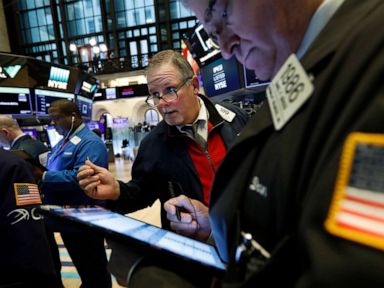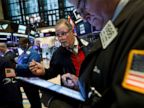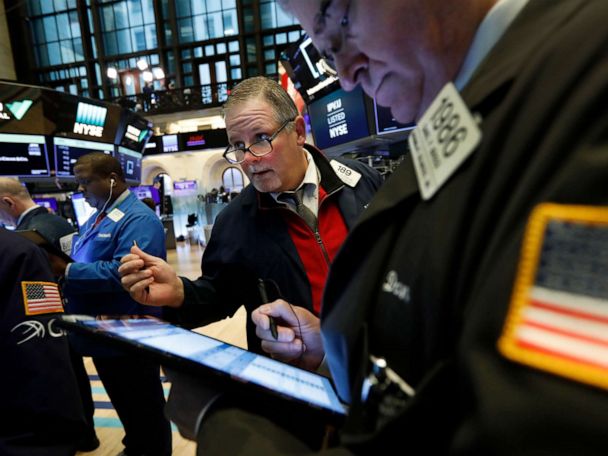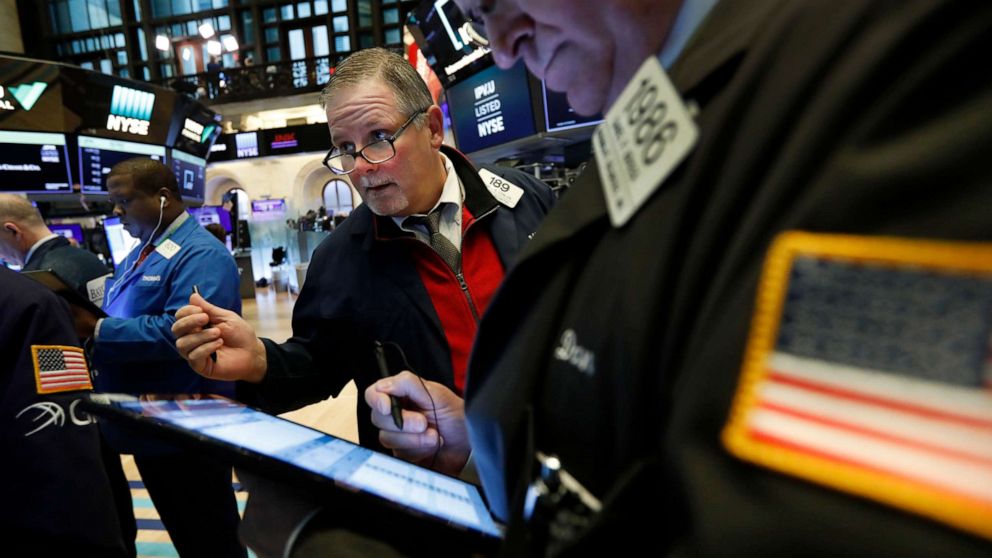





Financial markets plummeted after Trump announced a travel ban from Europe.
U.S. financial markets continued to plunge deeper into the red on Thursday, with the Dow Jones Industrial Average down more than 2,000 points by midday as the massive coronavirus-induced sell-off wages on.
The S&P 500 and Nasdaq similarly tumbled by more than 8% during intraday trading.
Early in the trading session, the S&P 500 plummeted by more than 7%, triggering a temporary “circuit-breaker” trading halt for 15 minutes. When trading resumed just before 10 a.m., markets continued their fall.
Thursday marked the second time the New York Stock Exchange halted trading this week.
The sharp sell-off comes after President Donald Trump announced late Wednesday that the U.S. was enacting a ban on certain travel from Europe to the U.S. for the next 30 days and called for a series of stimulus measures to blunt the economic side effects of the virus.
His measures appeared to only heighten investors’ anxiety over the financial impacts of the novel coronavirus outbreak.
“The coronavirus pandemic has taken the stock market into bear market territory and further declines are in the offing as the U.S. effectively hits the ‘Pause’ button on the economy in an effort to curtail spread of the virus,” according to Greg McBride, the chief financial analyst at Bankrate. “Yes, there will be economic disruption and an all-but-certain recession.”
“Markets will undoubtedly overshoot to the downside so it is more important than ever for investors to maintain their long-term perspective,” he added. “Markets will recover sooner, and much faster, than the overall economy and you cannot be sitting on the sidelines when that happens.”
Even before markets opened, futures on the Dow Jones Industrial Average and the S&P 500 were temporarily halted in premarket trading after plummeting more than the “limit-down” of 5%.
On Wednesday, the Dow entered bear market territory for the first time since the 2008 financial crisis.


